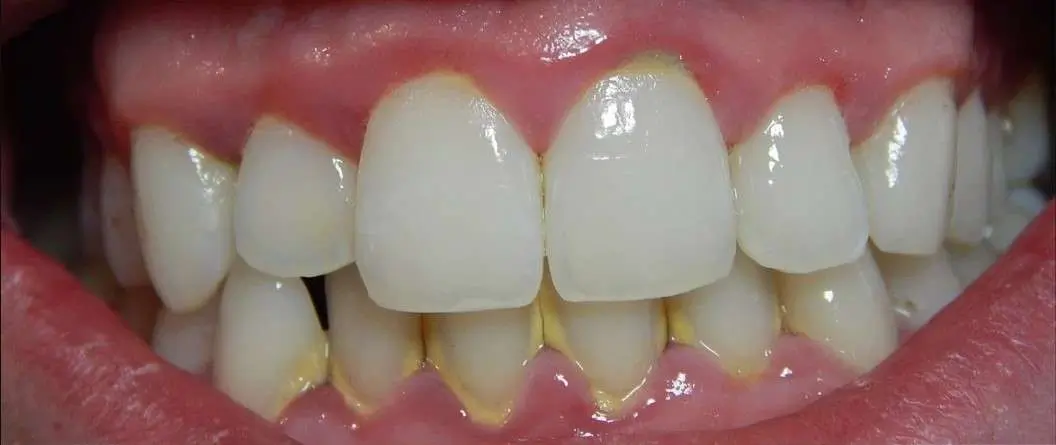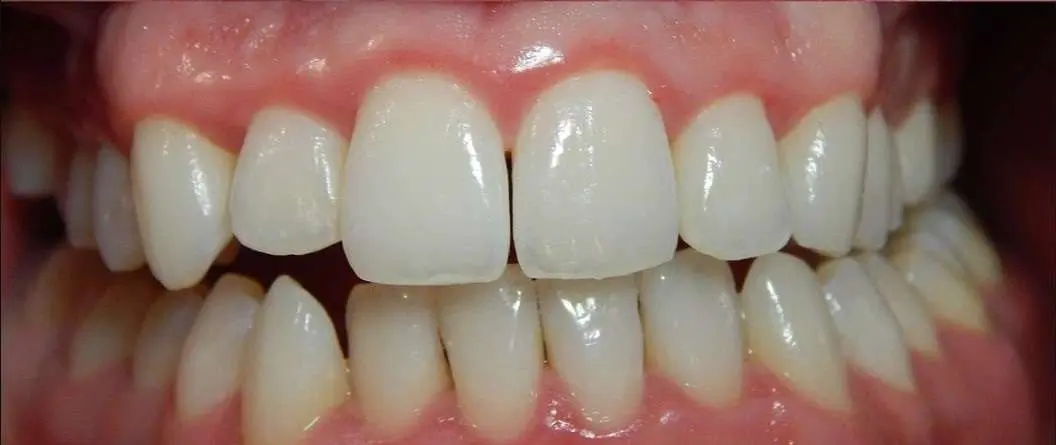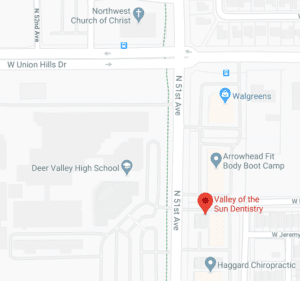What are Gum Disease Treatments?
Gum treatments, also known as periodontal treatments, are dental procedures used to ensure the best health for your gums. These treatments are used to treat gum (periodontal) disease.
What is periodontal disease?
Gum disease, also called periodontal disease, is an infection in your gum tissue primarily caused by bacteria found in plaque. This bacteria inflames and infects the gum tissues. When left untreated, it can eventually cause the gums to pull away from the teeth. Additional risk factors include: tobacco and alcohol use, systematic disease, genetics, pregnancy, and some prescription drugs like steroids, cancer therapy drugs, and oral contraceptives.
If you notice the early signs of gum disease, we encourage you to set up an appointment with Dr. Fink to stop the progression of periodontal diseases. If you experience any of the symptoms of gum disease, we encourage you to set up an appointment with us.
Gum disease occurs in four stages:
1. Gingivitis:
The gums around your teeth become infected by plaque and bacterial buildup, causing inflammation in your gums. You may notice red and swollen gums, periodic bad breath, and bleeding during brushing and flossing. The bone and connective tissue that holds your teeth in place are not yet affected at this stage. This means that the gum disease can be reversed with good brushing and flossing along with regular dental checkups and cleanings.
2. Early Periodontitis:
The bacterial infection has progressed deeper and is affecting the bone and connective tissue. Plaque and calculus begin to build up under the gum line, creating small gingival pockets and causing bone loss. Since these symptoms occur under the gumline, it may go unnoticed that any gingivitis present has progressed to early periodontitis. Good oral hygiene is no longer enough to reverse gum disease at this stage, but it can be treated with non-surgical treatments such as Periodontal Maintenance Dental Cleaning & Scaling and Root Planing. If you notice the early signs of gum disease, we encourage you to set up an appointment with Dr. Fink to stop the progression of periodontal diseases.
3. Moderate Periodontitis:
The gingival pockets have grown deeper, and the infection has worsened. Patients with moderate periodontitis may experience an increase in bleeding and gum sensitivity, shifting teeth, loose teeth, pus development, and gum recession. At this stage, it is possible the infection may enter the bloodstream and cause an inflammatory response throughout the body.
4. Advanced Periodontitis:
The infection has now spread far enough to begin affecting the jawbone and gum recession is very noticeable. Tooth loss is inevitable without professional treatment and even healthy-looking teeth may be loose. At this stage, dental surgery is required to clear out all traces of gum disease, although the damage caused by gum disease may have progressed too far to be completely fixed.
The type of treatment you may need will depend on the stage of gum disease present. Dr. Fink will first examine your gums to determine if gum disease is present. If gum disease is present, he will take the time to describe the different treatment options to treat your gums before you make a final decision.
What are the different gum disease treatments?
The treatment for gum disease is based upon your specific dental needs. Gum treatments offered at our office include:
Periodontal Maintenance Dental Cleaning:
Along with removing tartar and plaque, your hygienist will also examine the pockets in your gums during a Periodontal Maintenance cleaning. If the hygienist sees any infection or inflammation, they will flush out the pockets with antiseptic to help disinfect and control the infection or inflammation present.
Scaling And Root Planing:
Scaling and root planing is done if Dr. Fink determines that you have plaque and calculus (tartar) under the gum line that needs to be removed. This deep-cleaning procedure is used to scrape away plaque and tartar above and below the gum line (scaling) and smooth rough spots on the root of the affected teeth (planing). This procedure removes the bacteria from the teeth and provides a clean surface for your gums to reattach to the teeth.
Flap Surgery/Pocket Reduction Surgery:
During this procedure, Dr. Fink will lift back the gums to remove tartar that has reached deeper under the gums. In some cases, he will also smooth the irregular surfaces on the damaged bone to reduce areas where harmful bacteria may hide. He will then place the gum so that the tissue fits snugly around the tooth. This procedure reduces the size of the space between the gum and tooth which decreases the areas where harmful bacteria can grow and decreases the chance of more serious health problems associated with periodontal disease.
Bone Grafts:
If a significant amount of bone has been destroyed by gum disease, Dr. Fink may recommend a bone graft. A bone graft uses fragments of your own bone, synthetic bone, or donated bone to replace the destroyed bone. These grafts provide a platform for the bone to regrow and restore stability to your teeth.
Soft Tissue Grafts:
Soft tissue grafts are used to reinforce thin gums or fill in places where the gums have receded. The grafted tissue is stitched in place to add it to the affected area.
Guided Tissue Regeneration:
This procedure, which is performed when the bone supporting your teeth has been destroyed, stimulates bone and gum tissue growth. A small mesh-like fabric is placed between the bone and gum tissue to prevent the gum tissue from growing into the area where the bone should be. This allows the cone and connective tissue to regrow to better support your teeth.
Bone Surgery:
This procedure smooths any shallow craters in the bone caused by moderate and advanced bone loss. Smoothing away these craters makes it more difficult for bacteria to collect and grow on the bone.
Antibiotic Treatment:
Antibiotics can be used alone or combined with other treatments to reduce or eliminate the bacteria currently present that is causing the gum disease. Using antibiotics can also suppress the destruction of the tooth’s attachment to the bone.



